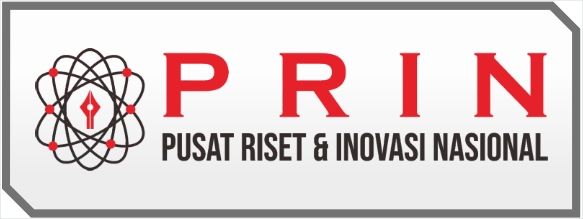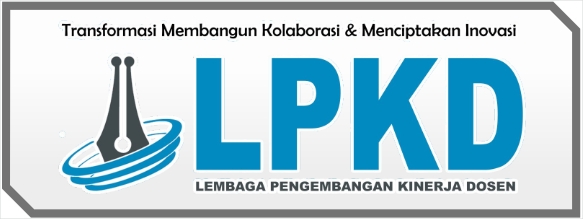Penerapan Sistem Manajemen Kesehatan dan Keselamatan Kerja di Pelabuhan Belawan dan Permasalahan Yang Terjadi
DOI:
https://doi.org/10.55606/innovation.v1i3.1745Keywords:
SMK3, K3 Management, Belawan PortAbstract
Based on its astronomical location, Indonesia is located at 6°N – 11°S and 95°East - 141°E, with details namely Belawan port is at point 03° 470 000 LU and 980 420 East. This port is about 24 km from downtown Medan. Accidents at work are things that really need attention and should not be looked down upon. Based on government regulation no. 50 of 2012 which is the result of amendments to the regulation of the Minister of Manpower of the Republic of Indonesia No.Per.05/MEN/1996 concerning implementation of safety management systems and occupational health (SMK3) is part of the overall system includes organizational structure, planning, responsibility, implementation, process, procedures, maintenance of occupational safety and health policies in order risk control related to work activities in order to create a place Safe, efficient and productive work. The formulation of the problem in this study namely application of SMK3 at Belawan Port and the problems that occur. With research objectives to describe the safety management system and occupational health on the Pertamina Belawan ship, to find out the safety system work at Belawan port and find out how far the system has been implemented occupational safety and health management implemented at the port Belawan.
References
Herlinawati, & Zulfikar, A.S. 2017. Analisis Penerapan Sistem Manajemen Keselamatan dan Kesehatan Kerja (SMK3) diakses tanggal 21 Agustus 2023 https://jurnal.stikescirebon.ac.id/index.php/kesehatan/article/view/94/0
Noviandini, S., Ekawati., & Kurniawan, B. 2015. ANALISIS KOMITMEN
PIMPINAN TERHADAP PENERAPAN SISTEM MANAJEMEN K3
(SMK3) DI PT KRAKATAU STEEL (PERSERO)TBK. JURNAL
KESEHATAN MASYARAKAT. 3 (3): 639-650.
Pandhu, P.W., Dwi, G.M., & Tutuko, B. 2017. ANALISIS PENERAPAN SISTEM
MANAJEMEN KESELAMATAN DAN KESEHATAN KERJA (SMK3)
DALAM PROYEK PEMBANGUNAN PELABUHAN DI KABUPATEN
KENDAL. JURNAL TEKNIKA. 12 (2): 29-36.
Pangkey, F., & Walangitan, G.Y.M.D.O.R. 2012. PENERAPAN SISTEM
MANAJEMEN KESELAMATAN DAN KESEHATAN KERJA (SMK3)
PADA PROYEK KONSTRUKSI DI INDONESIA (Studi Kasus:
Pembangunan Jembatan Dr. Ir. Soekarno-Manado). Jurnal Ilmiah MEDIA ENGINEERING. 2(2): 100-113.
Peraturan Menteri Tenaga Kerja No.05/Men/1996 tentang Sistem Manajemen Kesehatan dan Keselamatan Kerja.
Pemerintah Indonesia, 2012. Peraturan Pemerintah Nomor: Per/50/Men2012. Tentang Penetapan Sistem Manajemen Keselamatan Dan Kesehatan Kerja. Lembar RI Tahun 2012. Per/50/Men/2012. Jakarta: Sekretaris Negara.
Republik Indonesia. (1970). Undang-undang No.1 tahun 1970 tentang Keselamatan
Kerja. Jakarta.
Ridley J. 2004. Kesehatan dan Keselamatan Kerja, Erlangga, Jakarta
Rivai, Syafriman, dkk., Pentngnya Sistem Manajemen Keselamatan dan Kesehatan Kerja (SMK3) diterapan di Proyek Konstruksi diakses tanggal 21 Agustus 2023 https://siakad.univamedan.ac.id.
Susihono, Wahyu., & Tini, Feni Akbar., Penerapan Sistem Manajemen Keselamatan dan Kesehatan Kerja (K3) dan Identifikasi Potensi Bahaya Kerja (Studi kasus di PT. LTX Kota Cilegon-Banten) diakses tanggal 21 Agustus 2023 http://journal.uad.ac.id/index.php/Spektrum/article/view/1663



















